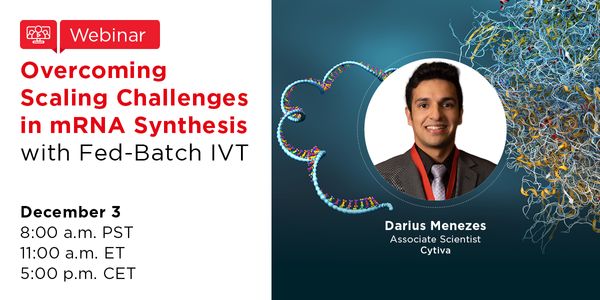Exploring Complex Structural Genomic Variation using Next-Gen Sequencing
-
Ryan E. Mills, PhD
Assistant Professor, Department of Computational Medicine & Bioinformatics, Assistant Professor, Department of Human Genetics, University of MichiganBIOGRAPHY
Structural variants (SVs), defined as the deletion, duplication, insertion, inversion or translocation of genomic regions, are both a major source of genetic diversity in human populations and are also directly responsible for the pathogenesis of numerous diseases. Many studies have been conducted in the past decade to discover and analyze SVs, however these have predominantly focused on unbalanced (copy number variant) events involving only one or two breakpoints. In contrast, more complex rearrangements resulting from co-occurring or overlapping events involving three or more breakpoints have received considerably less attention or have been incorrectly interpreted. In this presentation, I will outline a strategy we have developed to accurately identify and resolve these events. Our method first identifies regions of the genome suspected to involve a complex event and then delineates putative breakpoints using aberrant sequence alignments. The resulting segments are then iteratively rearranged in a randomized fashion and scored against expected models of sequence characteristics to infer the underlying architecture of these variants. I will discuss the application our algorithm to well-characterized genomes and the comparison of our results to identified complex events in these samples. We believe our approach represents a significant advancement towards resolving these complex chromosomal structural rearrangements and furthering our understanding of their mechanistic origins and functional impact.
Learning Objectives:
- Differentiate between types of structural genomic rearrangements
- Apply strategies for using sequence data to identify genetic variation
Exploring Complex Structural Genomic Variation using Next-Gen Sequencing
Please update your information
Certificate of Participation
DOWNLOAD CERTIFICATE






